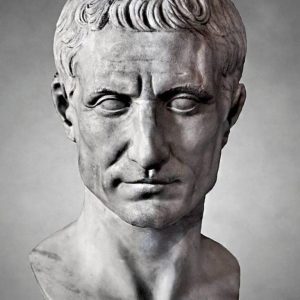I introduce you to…
Here are some of them:

In the year 616 since the founding of Rome, the year 138 BC. The consul Decimus Junius Brutus, to those who had fought in Hispania in the time of Viriathus, gave fields and a fortified city that was called Valencia. Thus (21 centuries have passed), many more centuries (may they pass) happily, the senate and the Valencian people (did it), the 21st century ended.”
(Translation of the plaque inserted in the ground in the Plaza de la Virgen, Valencia)

The so-called “siege of Saguntum” was a military confrontation that took place in the year 219 BC. between the Carthaginians, under the command of Hannibal Barca, and the Saguntines, allies of Rome. It occurred near the modern city of the same name, in the province of Valencia.
The battle is remembered mainly because it unleashed one of the most important wars of antiquity: the Second Punic War.

The siege of Valencia was a military operation undertaken by the forces of Rodrigo Díaz de Vivar, better known as El Cid Campeador, on the city of Valencia. After his fall on June 17, 1094, the Cid established a principality autonomous from the rest of the Christian states of the Iberian Peninsula.

Few sovereigns left as deep a mark on their time as Jaime I the Conqueror. He inherited extensive domains: from his father, the kingdom of Aragon and the counties of Barcelona and Urgel; from his mother, Maria, the lordship of Montpellier. Territories that he expanded with a series of conquest campaigns against the Muslims, which led him to incorporate two new kingdoms: that of Mallorca and that of Valencia.
He conquered the city of Valencia on October 9, 1238.

The queen of Aragon, María de Castilla, wife of Alfonso V and regent, carried out tireless mediation throughout her life, seeking peace and harmony between the Crowns of Aragon and Castile and the Kingdom of Navarra. María effectively used the authority and influence that her kinship with the different peninsular kings and queens gave her. Furthermore, she was a sovereign particularly committed to justice and its exercise. She also served as a patron, promoting art and culture in the city of Valencia, where she died and was buried in the Convento de la Trinidad.
Around 1424, the second successor of Martin “the Human”, King Alfonso V the Magnanimous, took the royal reliquary to the palace of Valencia, and on the occasion of his stay in Naples, it was delivered with the other royal relics to the Cathedral of Valencia in the year 1437.
Part of this reliquary was the Holy Chalice, considered the same one used at the Last Supper, which is displayed in the Cathedral, in the chapel of the same name.

Elionor Manuel de Villena, known as Sister Isabel de Villena, was a Spanish nun, poet and prose writer. She is considered the first known writer in Valencian. Her work ‘Vita Christi’, the only one that has been preserved, is framed in Spanish proto-feminism of the 15th century. During her religious life she surrounded herself with a large group of writers who especially respected her for her intellectual stature. His work is an indispensable content of the Valencian Golden Age.




©2025 Celebrand